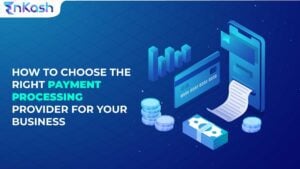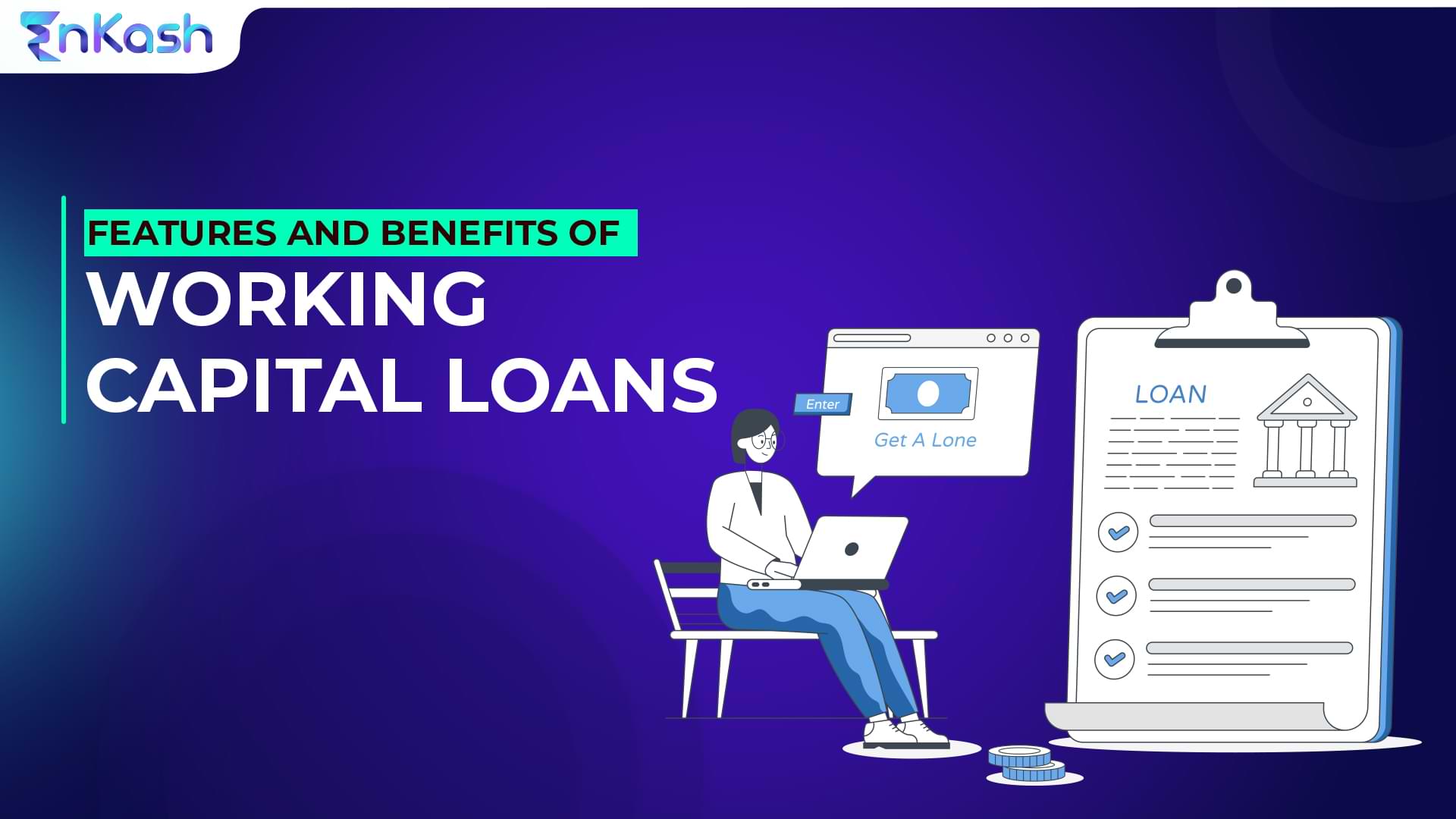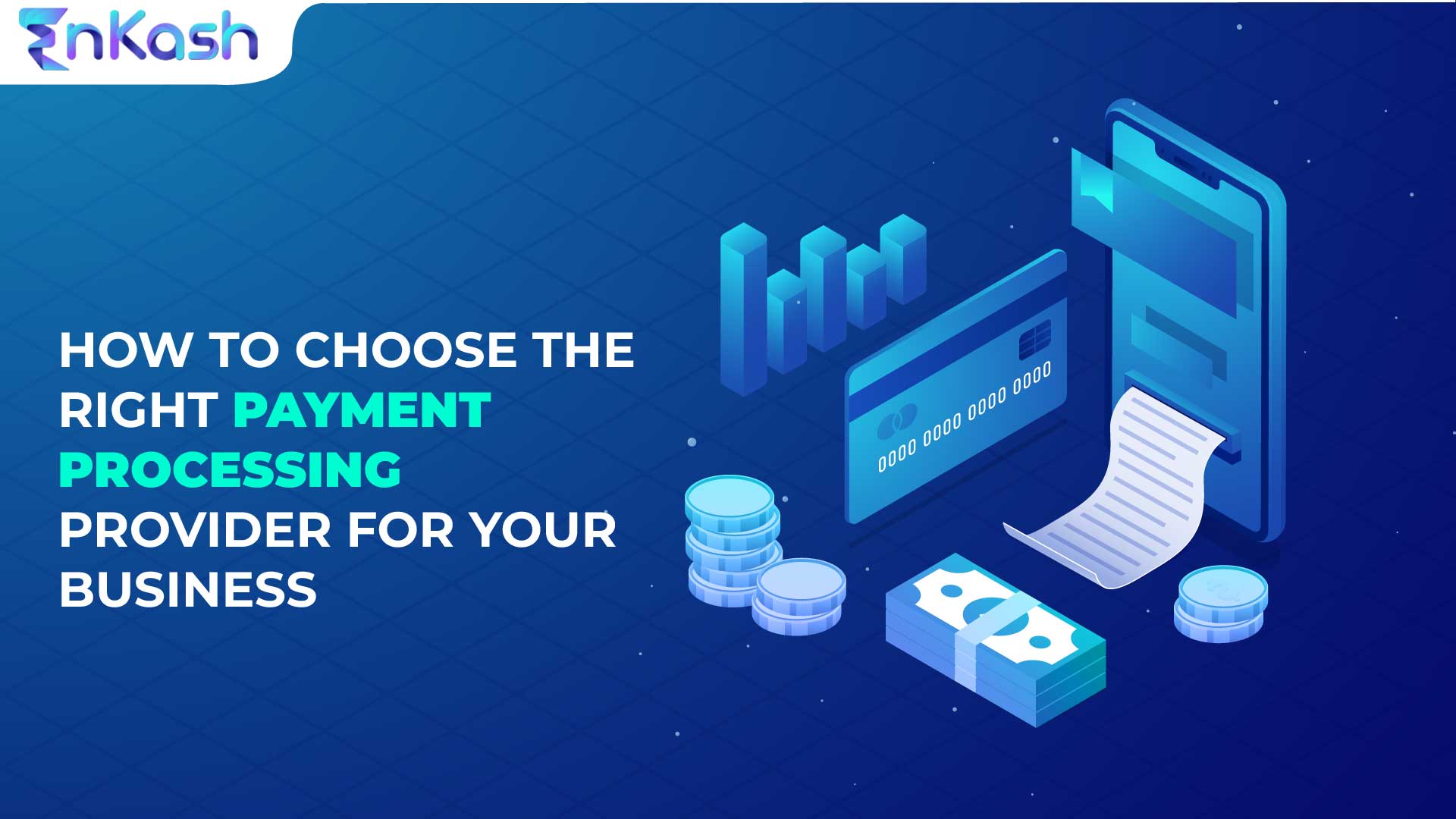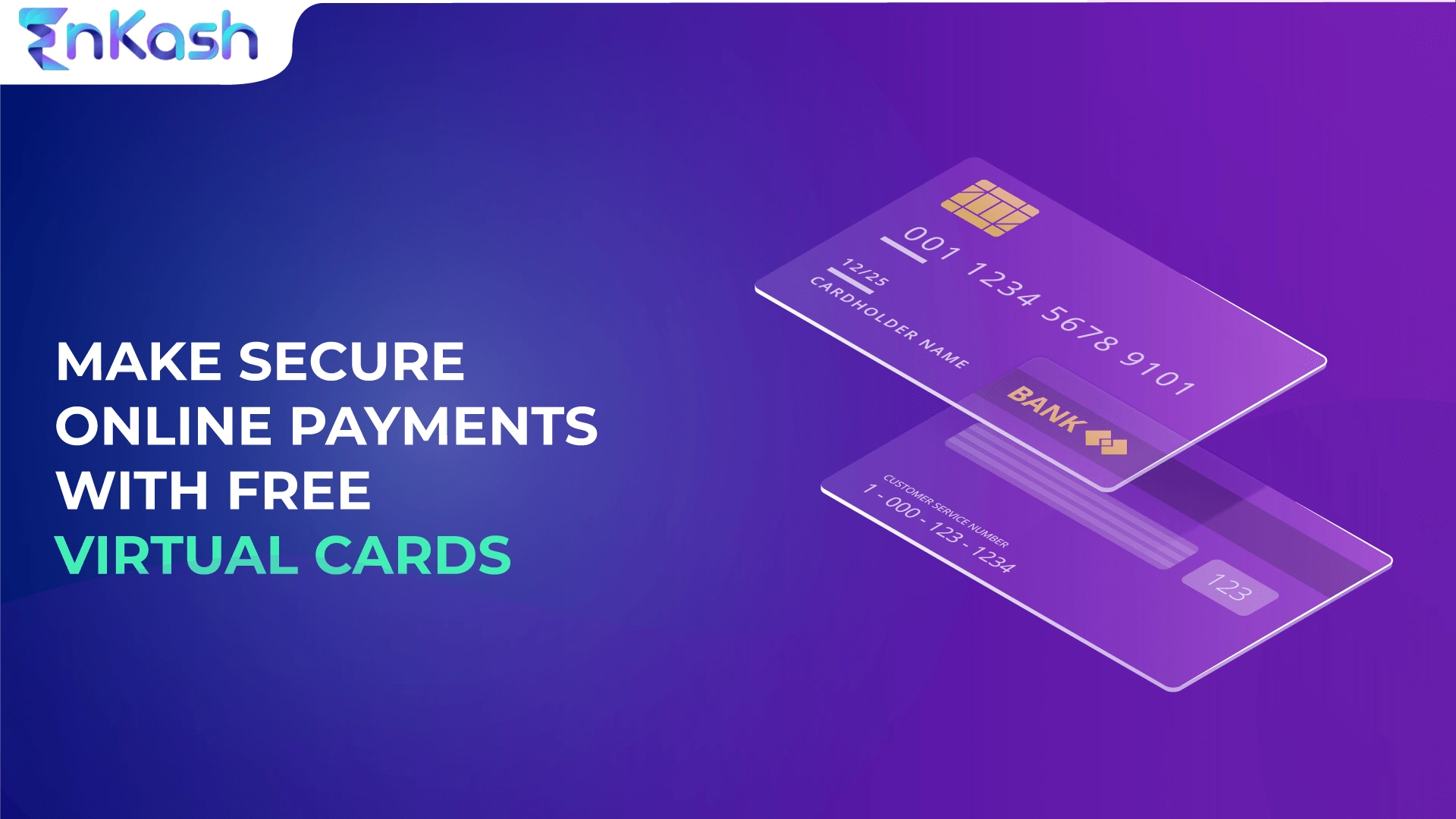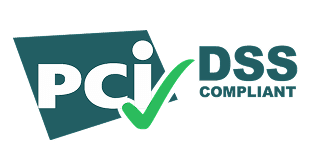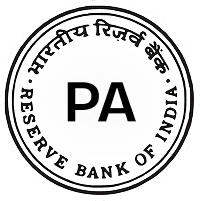Purchase Cards Bring Working Capital Efficiency
Businesses are incorporating Purchase cards into their business models to increase their working capital efficiency. Due to their boosted efficiency and vast variety of benefits, Purchase Cards, also known as P-Cards or Procurement Cards, have become the most widely used tool for both payment and purchases.
Purchase cards are a great way to replace paper-based invoices and manual processes. This helps businesses operate more efficiently by cutting operating costs, automating expense reconciliation processes, and providing excellent insight into working capital in financial management.
If you have gone through the above stanza carefully, then you must have noticed a term, and your mind must be pushing to know what working capital management is. Well, it is a process to handle the business assets and liabilities in an effective way to enhance the business. Most of the time, it has been observed that improper working capital efficiency management leads to huge debt, and as a result, a company faces a major financial problem.
What Are Purchase Cards?
Purchase Cards are corporate charge cards used to streamline procurement and vendor payments. It eliminates the time-consuming manual efforts and paper-based invoices. They are widely used to make procurement automatic, streamline your vendor payments, and get a real-time overview of spending in your organization.
Features of Purchase Cards:
- The business issues these prepaid purchase cards to their specific teams and employees.
- These Cards are used for business-to-business (B2B) transactions.
In purchase cards, there are spending limits, and some categories are restricted, which can be used to control the usage of the cards. - Spend tracking in Real-time with an integrated management platform with cards.
- Automated reconciliation process and reporting of expenses features.
- Purchase cards are accepted by a wide range of domestic and international vendors.
Benefits of Using Purchase Cards
Feature |
Traditional Collection |
Purchase Card System |
|---|---|---|
Time Required |
5–7 business days |
Instant to 1 day |
Cost of Processing Payments |
High (manual effort, paper, admin) |
Low (automated, digital) |
Transparency |
Limited, after the closure of the transaction |
Tracking of transactions in real-time |
Data Access |
Manual keeping of records |
Digital dashboards for reporting and analysis |
Controlling & Compliance |
Audit Requirements |
Controlled with software settings |
Uses of Purchase Cards in Business
- Department Expenses
Marketing, HR, and Operations teams can use these P-Cards to pay for services, subscriptions, and supplies without using central finances. - Regular payments to Vendors
Automate regular monthly payments to suppliers like SaaS platforms, transportation providers, and office equipment vendors. - Teams operating Remotely or on the Fields
Employees who are working off-site and remotely can handle their emergency purchases and business travel expenses within pre-defined limits set by the employers. - Use of Vendor-Specific Cards
Purchase cards can be set up by businesses to function with approved merchant categories of vendors.
Difference Between the Purchase Cards and Other Business Cards
Card Type |
Primary Use |
Controls |
Best For |
|---|---|---|---|
Purchase Card |
For business purchases & vendor payments |
High |
Payments to vendors and merchants |
Corporate Credit Cards |
Travel, T&E, and general expenses of businesses |
Moderate |
Employee business travel and the general expenses of businesses |
Prepaid Cards |
Budget-controlled spendings |
High |
Project-based teams |
Virtual Cards |
Best for Online/digital payments |
Very High |
E-commerce, SaaS |
Why Businesses Are Moving to Purchase Cards
More businesses are using Purchase Cards because of the measurable benefits they offer to businesses:
1. Simplify Procure-to-Pay (P2P) Process
P-Cards reduce the number of interactions in the purchase cycle. They allow faster vendor payments and eliminate long approval processes.
2. Improves Working Capital Efficiency
The use of Purchase Cards allows businesses to postpone cash outflows and maintain better liquidity while their suppliers receive payments on time. This balance is important for working capital optimisation.
3. Spend Visibility in Real Time
With each P-Card transaction, businesses collect detailed data about their purchases. This data can be used to analyze and identify the spending trends of businesses, this improves vendor negotiations, and prevent budget overlaps.
4. Reduces the Cost of Transactions
P-Cards remove the need for paperwork and reduce the overall cost per transaction. Companies get benefits from lower fees of processing, faster settlement, and reduces payment failures.
Read More: Supercharge Your Business with a Purchase Card
Objectives of Working Capital Management
Now, you are well-versed with working capital management, and it’s time to have a look at its objectives. This business strategy comprises many elements in its basket, and one of such is the purchase cards.
A business can have a couple of compelling reasons when it comes to switching to purchase cards. Depending upon what they’re aiming to accomplish, one reason could be to improve their P2P (Procure to Pay) process and make it more flawless while improving their procurement.
Another reason to switch to purchase cards could be to improve working capital efficiency. However, it is not uncommon for businesses to want both!
Apart from simplifying the payment procedure, purchase cards also help decipher the spend pattern and devise strategies accordingly. The amount of data that can be collected is impressive and very helpful since a large chunk of vendor information is accessible through each transaction and thus act as a smart digital B2B payments mode.
Another hidden treasure is a reduced transaction fee when it comes to working capital benefits. Due to different stages being involved, the traditional P2P transaction is a slow, expensive, and time-consuming process that impacts the business. After knowing about the objective of working capital management, you can step ahead with its elements to boost your business.
What Is The Importance Of Working Capital Management?
With time, most of the things in the business changed just because of smooth running and ultimate output. In the same line, working capital management act and in modern-day, it is very much significant.
The primary objectives of Working Capital Management include:
- To maintain the liquidity of businesses to meet day-to-day operations.
- Reduce operating costs by automating the financial processes in an organization.
- Increase the profitability of the business through better cash flow utilisation.
- Optimizing Purchase and payment cycles with the help of tools like Purchase Cards.
Purchase cards have recently gained popularity due to the ease of implementation. Each business has its own individual reason to adapt to cards, and with different demands come different expectations, be it to stay ahead in current, ever-changing markets or for the ease of processing and handling increased volumes. Owing to all these key features, payment efficiency is at an all-time high.
In markets embracing digital B2B payments, such as India, Australia, and parts of Europe, purchase cards have seen rapid adoption. Countries such as those in Europe that have already found their comfort in electronic transactions are competing to increase their working capital.
In terms of increasing working capital, paying with P‑Cards provides controlled, planned credit that enhances liquidity without increasing long-term borrowing risk. . It acts as a working capital loans that give businesses more freedom to invest back into the business itself while successfully eliminating the constant worry of settling invoices.
Another outstanding feature is that suppliers and clients can mutually benefit from each other and assist each other in expanding.
Read More: Purchase Cards: Control, Visibility & Credit Optimization
Purchase Cards Act As A Catalyst In Working Capital Efficiencies
Managing the cash flow in a company demands quite a juggling act! One needs to keep a perfect balance between finding credit, managing suppliers, monitoring your billing cycles, and the flow of revenue.
P‑Cards typically offer billing cycles that extend up to ~55 days, allowing greater working capital flexibility.. This solves your cash flow problem to a large extent.
Purchase cards provide flexibility to make desired purchases without forfeiting control. However, limitations can be implemented per transaction as per your needs. You can also decide where or which supplier can be paid using the card.
This is just the beginning for purchase cards. The future holds extended benefits that will make this product an absolute essential for businesses. When managed properly, purchase cards offer quick access to pre-set spending limits, helpful in urgent procurement scenarios.. Thus, you don’t have to worry much about the financial crunch in the business.
EnKash works closely in the issuance of Purchase Cards across business segments and company sizes. It also provides the necessary payable management platform for usage of such cards. For more information, visit EnKash.
And if you want to see the magic of the Purchase Card and avail awesome rewards and credits, see the short video!
Conclusion:
In a growing, competitive, and digital economy, businesses must find creative and innovative ways to stay aligned while utilizing their financial resources. Purchase Cards (P-Cards) came out as a planned financial instrument that simplifies purchases and also plays a important role in improving working capital efficiency and overall financial position of the businesses.
Unlike old payment methods that involve multiple layers of manual approvals, late processing, and extra hidden costs, P-Cards provide faster, Safer, and traceable transactions, helping businesses to maintain better control over their accounts payable and operating liquidity of the businesses.
FAQs
- What is a Purchase Card (P-Card)?
A Purchase Card is a corporate card used for business expenses, primarily for Purchases. It simplifies the process of payment and reduces manual efforts and paperwork in organization. - How does working capital benefit from Purchase Cards?
They improve cash flow by providing flexible payment cycles, allowing companies to postpone outflows while paying their suppliers on time. - Are P-Cards safe for big payments?
Yes, with customizable spending limits and merchant restrictions, P-Cards provide safer control over large and regular payments. - How is a corporate credit card different from a purchase card?
A corporate credit card is used for travel and other employee expenses, while a P-Card is focused on vendor payments and purchases. - Can we use Purchase Cards internationally?
Yes, platforms like EnKash allow international P-Card usage with Strong currency and regulated controls.




